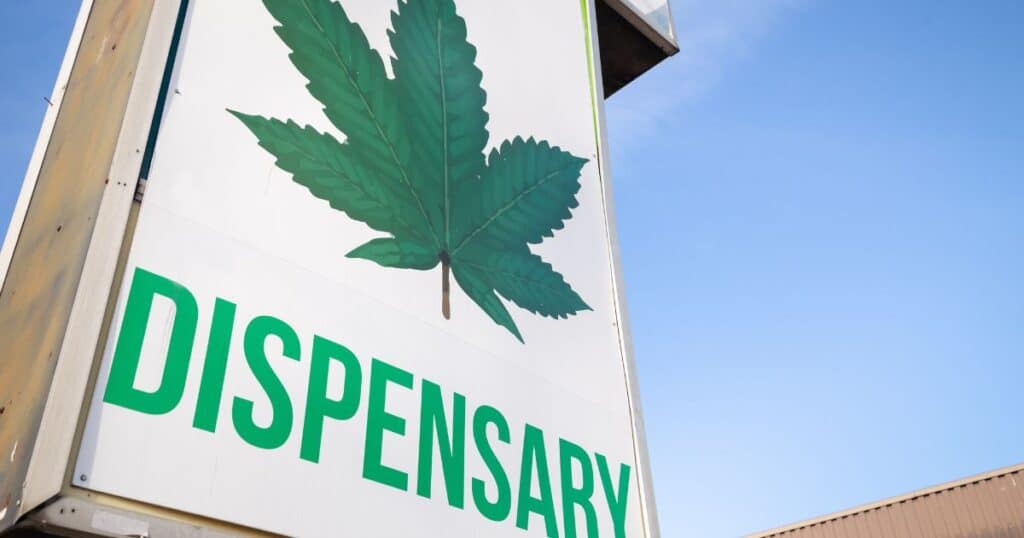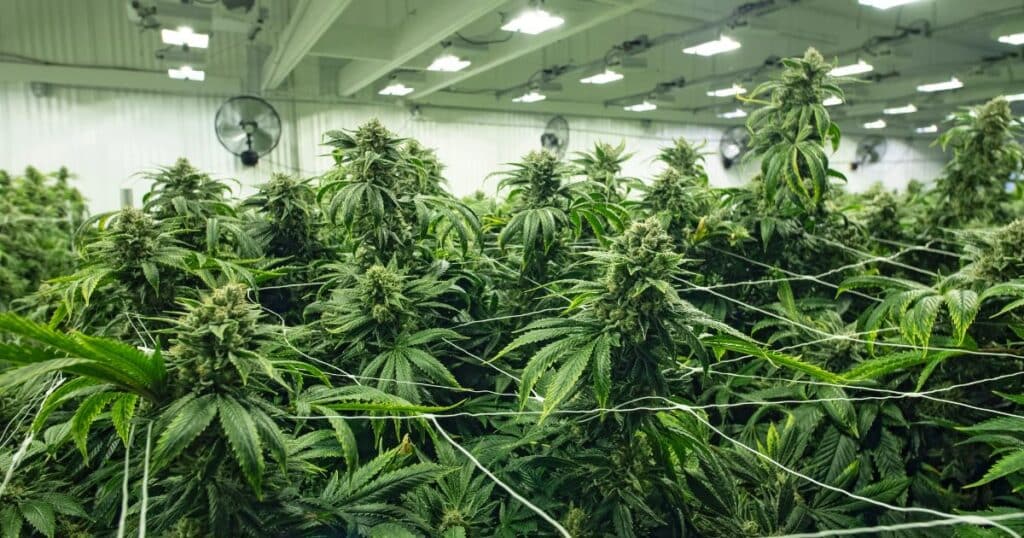In the evolving landscape of the cannabis industry, Native American tribes in the United States have emerged as significant players. Over the past year, Native American cannabis businesses have experienced substantial growth, asserting their sovereignty and tapping into the emerging market. According to a recent report by MJBizDaily, authored by Matthew Klas, the number of tribally owned cannabis retailers has increased by roughly 25% since January 2023.

Landscape of Tribal Cannabis Growth
The past year has been pivotal for tribally owned cannabis businesses. According to MJBizDaily, as of May 2024, there are 57 tribally owned medical marijuana dispensaries and adult-use stores across nine states.
This impressive expansion represents a 25% increase from the previous year. These stores are spread across various states, including California, Michigan, Minnesota, Nevada, New Mexico, New York, North Carolina, South Dakota, and Washington.
Washington State leads the pack with 23 tribal retailers operated by 18 different tribes. Nevada follows with ten stores owned by eight different tribes. While most of these dispensaries are located on tribal lands, some operate on non-tribal land, showcasing the adaptability and reach of these businesses.
Sovereignty and Regulation
A critical aspect of this growth is the unique regulatory environment governing tribally owned cannabis businesses. As sovereign nations, Native American tribes have the authority to establish their own cannabis laws, which may differ significantly from state-level regulations. This sovereignty allows tribes to navigate the complex legal landscape of cannabis in ways that non-tribal businesses cannot.
For instance, tribal laws can be more restrictive, prohibiting cannabis use even in states where it is legalized. On the other hand, they can also be more lenient, allowing for broader cultivation and retail operations. This flexibility has enabled tribes to seize first-to-market advantages in states with slower regulatory processes.
A recent example of Native Americans flexing their sovereignty over their land occurred on April 20th this year, when the Eastern Band of Cherokee Indians (EBCI) opened the first medical marijuana dispensary in North Carolina.

This is significant as North Carolina itself has yet to legalize medical marijuana. They sell to any medical marijuana patient with a medical marijuana card from the tribe or an out-of-state medical marijuana card. By leveraging its sovereign status, the EBCI has pioneered medical cannabis access in the region, setting a possible precedent for other Native American tribes to follow.
Economic and Community Impacts
The economic benefits of Native American cannabis businesses are multifaceted. For many tribes, cannabis represents a crucial diversification of their economies, particularly for those also engaged in gaming operations.
Approximately three-quarters of the tribes with marijuana retail also own and operate casinos, with 19 of the 57 retailers situated near tribal casinos. This synergy not only boosts economic resilience but also provides a steady revenue stream to fund community projects and social programs.
Moreover, the community impacts are profound. Tribes with cannabis businesses have reported increased employment opportunities, improved healthcare access, and enhanced educational resources.
However, these ventures come with their own set of challenges. Tribes must navigate state and federal laws beyond their territories, secure financing, and develop business strategies to ensure long-term success.
Future Growth and Industry Outlook
The future of tribally owned cannabis businesses looks promising. Several factors contribute to this optimistic outlook. Firstly, the increasing acceptance and legalization of cannabis across the United States provide a conducive environment for growth. Secondly, tribes’ ability to establish their own regulatory frameworks offers a competitive edge.
In the MJBiz article, Klas highlights Minnesota and New York as prime examples of potential future growth. In Minnesota, several tribes have capitalized on the gap between legalization and the opening of the state-licensed market which is likely to open in 2025.
The Red Lake Nation and White Earth Nation have already opened dispensaries serving adult-use customers, with plans for further expansion. The Mille Lacs Band of Ojibwe is constructing a 50,000-square-foot cannabis-cultivation facility, set to become the state’s largest grow operation.
In New York, the Shinnecock Indian Nation launched Little Beach Harvest in the Hamptons, joining other tribes like the Cayuga Nation, Oneida Indian Nation, and Seneca Nation in entering the cannabis market. These developments indicate a growing trend of tribal cannabis businesses taking the lead in new markets.

The rise of tribally owned cannabis businesses marks a significant milestone in the evolution of the cannabis industry. These enterprises not only bolster tribal economies but also reaffirm the sovereignty and resilience of Native American tribes. As the market continues to expand, the role of tribally owned businesses will likely become even more pronounced.
For cannabis enthusiasts and industry stakeholders, the growth of tribal cannabis businesses offers a glimpse into the future of the market. The ability of tribes to navigate complex regulatory environments, coupled with their commitment to community development, positions them as key players in the industry.















